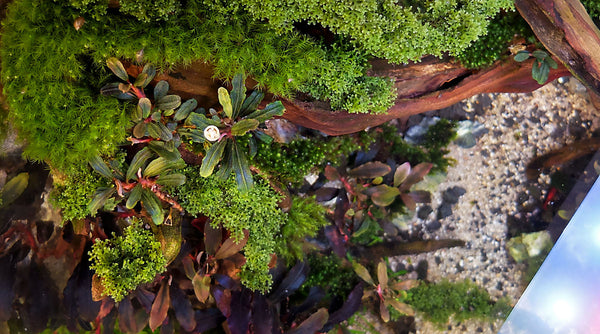Hi all,
I'd also guess that where those pigeon holes are is going to depend <"on the plants">, how <"plastic their response is to nutrients"> and <"their potential growth rates">.
cheers Darrel
My guess is that there are a series of <"sweet spots"> on the light ~ CO2 ~ nutrient continuum where you get successful plant growth, and it's the successful plant growth that matters.it's great to see that something like this can be pulled off and just goes to show that we still have a lot to learn and there are still many roads that lead to Rome.
I'd also guess that where those pigeon holes are is going to depend <"on the plants">, how <"plastic their response is to nutrients"> and <"their potential growth rates">.
I think all of those factors might be advantageous, dissolved gases and (most) nutrients <"would be more available">.Keep KH very low (0-1 range), pH low (below 6) and temperature low in order to optimize the available dissolved CO2.
cheers Darrel
Last edited:



